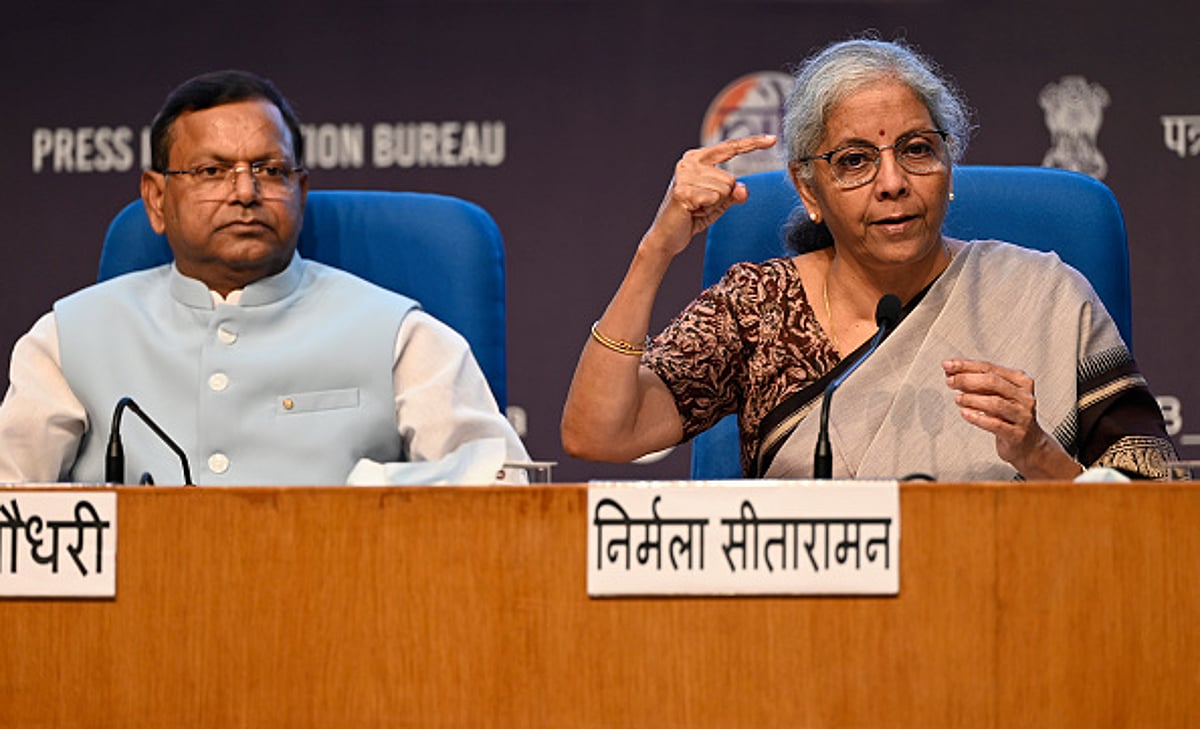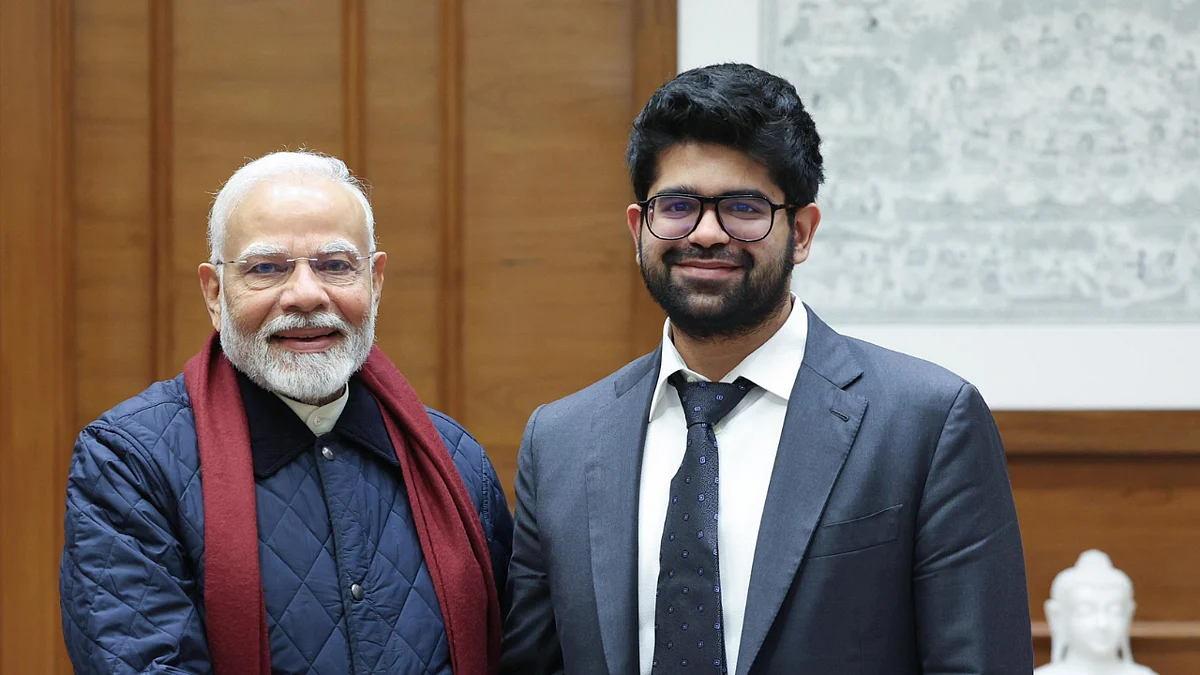Will UPI Transactions Soon Require Fees? Exploring the Future of India's Popular Payment System

India's Unified Payments Interface (UPI) has revolutionized the way we transact, rapidly becoming a cornerstone of the nation's financial landscape. Since its inception in 2016, UPI has experienced phenomenal growth, facilitating billions of transactions and fundamentally reshaping the payments ecosystem. But a question is now circulating: could the era of free UPI transactions be drawing to a close?
The rise of UPI has been nothing short of remarkable. It's provided unprecedented financial inclusion, empowering individuals and businesses alike with a seamless and accessible digital payment method. The convenience and speed of UPI have made it immensely popular, surpassing traditional payment methods and significantly reducing reliance on cash. The sheer volume of transactions processed daily is a testament to its success - a true blockbuster in the payments world.
The Current Landscape and Potential for Change
Currently, UPI transactions are largely free for users, funded by a combination of banks, payment service providers, and merchants. However, the increasing transaction volumes and the associated costs are prompting discussions about a potential shift in this model. The Ministry of Finance (MoS) has recently addressed these concerns, acknowledging the need to evaluate the sustainability of the current fee structure.
Several factors are contributing to this evaluation. The operational costs for banks and payment processors are rising, including infrastructure maintenance, security enhancements, and fraud prevention. Furthermore, the surge in UPI usage has put a strain on existing systems, necessitating upgrades and expansions to handle the growing demand.
MoS Finance's Perspective: Balancing Innovation and Sustainability
The Ministry of Finance's response has been nuanced, emphasizing the importance of maintaining UPI's accessibility while ensuring its long-term viability. They are exploring various options, including introducing transaction fees for high-value transactions or imposing charges on merchants, particularly those with high transaction volumes. However, any changes would be carefully considered to avoid hindering financial inclusion or stifling innovation.
Potential Impacts and Consumer Considerations
The introduction of fees, even for a subset of transactions, could have several implications. While it might not significantly impact small users, higher fees for merchants could be passed on to consumers, potentially leading to increased prices. It’s crucial that any fee structure is transparent and equitable, avoiding disproportionate burdens on smaller businesses or vulnerable populations.
The Road Ahead: Ensuring UPI's Continued Success
The future of UPI hinges on finding a sustainable model that balances the needs of all stakeholders. The MoS Finance's ongoing evaluation is a critical step in this process. Open dialogue between banks, payment providers, merchants, and consumers will be essential to ensure that any changes to the fee structure are implemented thoughtfully and do not undermine the transformative impact UPI has had on India's financial landscape. The goal should be to maintain UPI’s accessibility, security, and efficiency while ensuring its long-term sustainability, preserving its role as a key driver of financial inclusion and economic growth.
Ultimately, the success of UPI will depend on its ability to adapt to evolving market conditions and continue to meet the needs of a rapidly changing digital economy.





